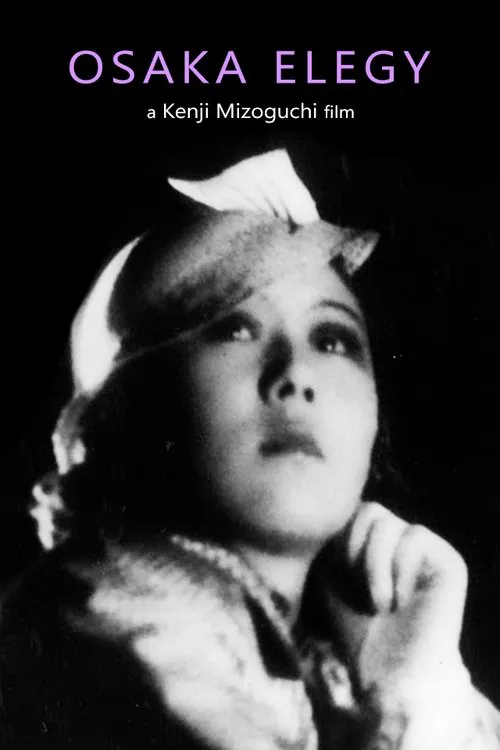Osaka Elegy

Plot
Osaka Elegy is a 1936 Japanese drama film directed by Kenji Mizoguchi, starring Isseyashi Nagata and Chieko Higashiyama. The movie is a powerful and poignant portrayal of a woman's desperate attempt to escape the constraints of societal expectations and find freedom in her own life. The film follows the story of Ayako Wakayama, a young and beautiful woman living in Osaka with her widowed father, Kikutarō. Kikutarō is a debt-ridden man struggling to make ends meet and has become deeply embroiled in the world of organized crime. To pay off his debts, Kikutarō resorts to embezzlement, but this comes with a heavy price when he is threatened with imprisonment. Desperate to save her father, Ayako turns to the only option available to her: becoming the mistress of her boss, Nakamura. Nakamura is a wealthy and powerful man with a reputation for treating his mistresses poorly. Ayako is aware of Nakamura's character but sees no other way to escape her family's financial struggles. She sets her sights on Nakamura and uses her charms to seduce him. Nakamura is initially resistant, but eventually, his desires get the better of him, and he begins an affair with Ayako. As Ayako becomes embroiled in Nakamura's world, she finds herself trapped in a web of deceit and manipulation. She is forced to navigate the complexities of her father's debts and the demands of her lover, all while maintaining a façade of normalcy. Ayako's relationship with Nakamura is a toxic one, with him treating her as a mere object for his pleasure. She becomes increasingly isolated and desperate, feeling suffocated by the societal expectations placed upon her. Meanwhile, Ayako's father, Kikutarō, becomes increasingly ill and realizes the gravity of his situation. He tries to make amends for his actions, but it may be too late. As the story unfolds, Kikutarō's health deteriorates, and he eventually succumbs to his illness, leaving Ayako alone and heartbroken. Throughout the film, Mizoguchi masterfully crafts a narrative that is both a critique of Japanese society in the 1930s and a poignant exploration of a woman's struggle for autonomy. Osaka Elegy is a searing indictment of the societal structures that restrict women's freedom and force them to prioritize family and duty above all else. Ayako's story is a powerful allegory for the oppression of women during this time period. She is a symbol of the countless women who find themselves trapped in desperate situations, forced to make difficult choices in order to survive. Her relationship with Nakamura serves as a metaphor for the exploitation and objectification of women, highlighting the ways in which they are forced to conform to societal expectations. The film's cinematography is equally striking, with Mizoguchi using shadow and light to create a sense of foreboding and tension. The use of long takes and static shots adds to the sense of realism, drawing the viewer into the world of the characters. The performances are equally impressive, with Isseyashi Nagata bringing a depth and nuance to the role of Ayako that is both captivating and heartbreaking. In its powerful portrayal of a woman's struggle for autonomy, Osaka Elegy remains a relevant and thought-provoking film today. It serves as a reminder of the ongoing struggle for women's rights and the need for continued advocacy and activism in the pursuit of equality. The film's critique of societal structures and its exploration of the human condition continue to resonate with audiences, making it a timeless classic of world cinema.
Reviews
Recommendations




